How to Disagree without Being Disagreeable
All of the leaders I’ve put in the spotlight recently were out of balance in one of the 7 Management Polarities I talk about in my new book.
Let’s explore one more Management Polarity, consider the question of how decisions are made in a team.
Some leaders have a very commanding approach, which I call a “directing” style.
They consider themselves to be directors, like Steven Spielberg directing an Indiana Jones movie… except Jones gets stuck on a conference call and the lost Ark turns out to be a missing whiteboard marker or something.
Others think of themselves as facilitators, seeking group consensus. I call this a “collaborating” style.
These are two very different styles of leadership.
Leaders often tend to prefer one over the other. What they don’t realize is, the two styles are actually a polarity... and both are necessary.
If you find yourself expressing one of these more often than the other, you may have experienced problems.
In this post we’ll look at the “collaborating” style of leadership. This is about listening, seeking input and finding agreement.
You might prefer this approach because it creates a real sense of participation and ownership. It encourages “buy-in” from your people, because they’ve taken part in creating the plan.
Plus, and this is the really important one: you can blame them if things go wrong.
Okay, I’m kidding with the last one.
However, if you take this collaborating approach too far, you risk abdicating your responsibility to challenge, push back and motivate your people to do better.
This can lead to consensus decisions and lowest common denominator thinking... And often when we try to prevent bad feelings in others, we make bad decisions.
Plus, if you’re too agreeable you will lose credibility with your team, because people need to know you’re able to bring value and expertise to the weekly meeting and not just, like… the donuts.
This is where engaging the “directing” side of the polarity is important.
One of the things I teach leaders with a collaborating style is “The Art Of Strategic Disagreement”… which means finding places where you can constructively disagree and assert an alternative perspective.
I mean, obviously you could just start with, “let me tell you all the ways in which you’re utterly wrong”… but (a) this is rude, (b) it immediately puts listeners on the defensive, and (c) if you’re not a big fan of conflict to begin with, using phrases like ‘utterly wrong’ isn’t going to help you suddenly relish conflict.
Instead, I recommend using one or two specific language cues.
For example, you can ask permission from the person you want to disagree with. You simply ask, “Is it okay if I push back a little?”
Now, I get that if you’re the boss you don’t have to ask. As the boss, you’re kind of allowed to push back even before they breathe. But these simple words set the stage for an energy shift in the conversation.
More importantly, when the person you’re disagreeing with gives their consent, they become more open to what you want to say.
Another verbal cue would be, “I think about this issue differently.”
This focuses on the idea, not the person… and allows you to explore your viewpoint more freely.
By the way, “Strategic Disagreement” isn’t just about enhancing your credibility. It also leads to better decisions.
Your people need input from you to give them a different perspective… which will hopefully steer them away from some of their crazier ideas. (And if you still can’t do this with words... as a last resort, there’s always the facepalm.)
In the next post I’ll explore the “directing” side of the polarity, show how leaders can make dangerous mistakes here too, and what to do about it.
Incidentally, my new book The 7 Management Polarities explores the 7 big polarities every leader needs to know, in order to resolve tensions and conflicts with their team. Maybe take a look?












